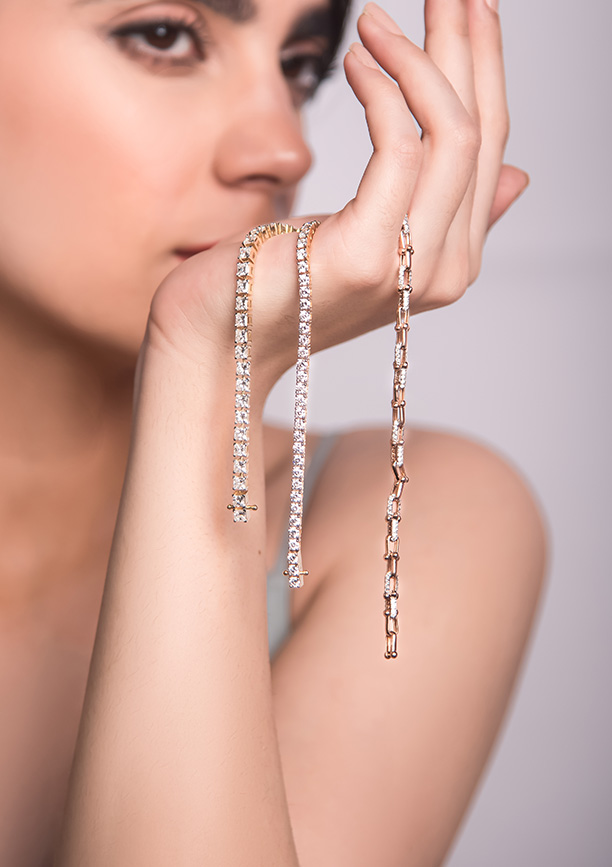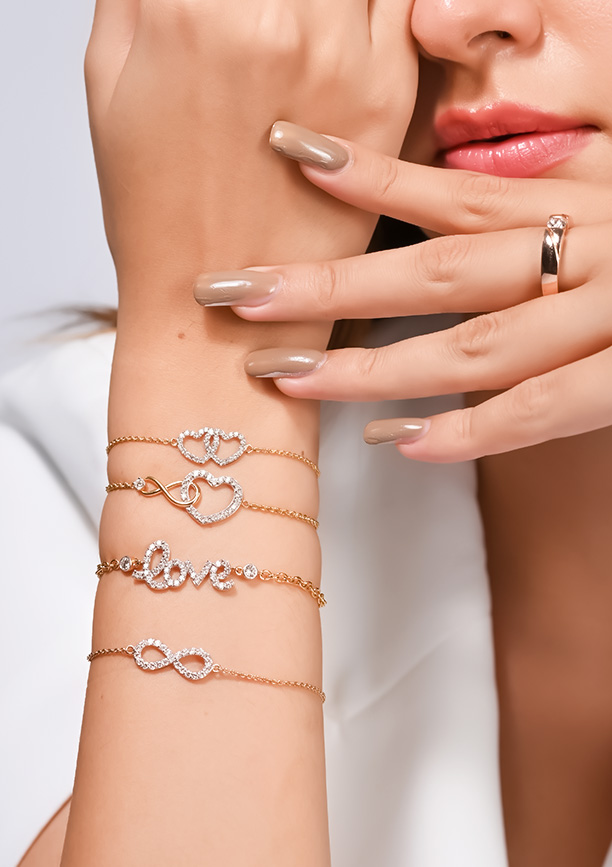Are you wondering what CVD Diamonds are? CVD Diamonds are diamonds that are grown in the Lab using a process called Chemical Vapor Deposition. A tiny diamond “seed” is placed in a small chamber, which is then filled with heated gases. As the gases get hot enough, carbon layers start to build up on the seed. This process causes the seed to grow into a square-shaped diamond crystal.
But Sounds “not-so-real” right? Being skeptical about Lab-grown diamonds is natural. But it is as real as it gets. Let’s explore and learn the difference between lab-grown diamonds and mined diamonds and understand which is a better investment.
Lab Grown CVD Diamonds vs. Natural – What do the Experts Say?
Natural and lab-grown diamonds appear identical, sharing the same hardness and durability. The Federal Trade Commission recognized lab-grown diamonds as real in 2018. The Gemological Institute of America (GIA) has been grading them since 2007 and, as of July 1, 2019, no longer uses the term “synthetic” in its reports. Instead, GIA includes standard grading for color, clarity, and cut.
The key difference is that natural diamonds contain trace amounts of nitrogen, while CVD diamonds do not. Natural diamonds form under high pressure in the Earth’s crust over millions of years, while lab-grown diamonds are created in a lab in just a few months. Both types are then cut and polished in the same way.
So, Lab Grown CVD Diamonds are Real Diamonds?
Yes, CVD Diamonds are indeed real Diamonds. Even though they are created in a lab, these diamonds are gem-quality and possess the same elemental structure, as well as the same physical, chemical, and optical properties as natural diamonds. Lab-grown diamonds go through the same certification process as natural diamonds and are graded based on the 4Cs: color, cut, clarity, and carat.
Why buy a Lab Grown CVD Diamond?
If you are still skeptical about buying a CVD Diamond, let’s break down some points that will help you understand better.
Lab-grown diamonds cost about 30-50% less than natural diamonds, allowing you to buy a larger diamond at a lower price while still calling it a diamond. The difference between a CVD diamond and a natural diamond with the same 4Cs is not visible to the naked eye. Both types have the same physical and chemical properties, so they shine just as brightly.
Are lab-grown diamonds more ethical? Many believe they are, as they don’t involve mining.
Some traditional jewelers may claim that lab-grown diamonds have no resale value, but that’s not true. Like mined diamonds, lab-grown diamonds do have resale value, which is based on the Four Cs.
Are Cubic Zirconias the Same as a Lab Grown CVD Diamond?
No, cubic zirconia is not the same as a CVD diamond. Lab-grown diamonds have the same chemical properties as natural diamonds, while cubic zirconia is just a diamond simulant that can wear out and discolor over time.
The GIA notes that while some might mistakenly call lab-grown diamonds imitations, they are not. Unlike cubic zirconia or moissanite, which only look like diamonds and have different properties, CVD diamonds are virtually identical to natural diamonds and harder to distinguish.
Cubic zirconia is a lower-quality simulant used in costume jewelry, whereas moissanite, made of silicon carbide, is a higher-quality simulant known for its brilliant sparkle but still different from real diamonds.
So, are Lab Grown CVD Diamonds a Better Choice?
When comparing CVD diamonds and mined diamonds as an investment, the benefits of CVD diamonds start to shine brighter. They offer the same physical and chemical properties as mined diamonds but are significantly more affordable, often costing 30-50% less. Environmentally and ethically, these diamonds are a more sustainable choice, as they avoid the harmful impacts associated with mining.
Though traditionalists may argue that mined diamonds hold better long-term value due to their rarity, the growing demand for eco-friendly and ethical options suggests that CVD diamonds are here to stay. In short, if you’re seeking value for money without compromising on quality, CVD diamonds could be the smarter investment for the future
FAQs
Can jewelers distinguish Lab Grown CVD diamonds from mined diamonds?
To the naked eye and using basic tools such as pen tester and eye loupe, CVD diamonds and mined diamonds are indistinguishable. Jewelers use machines and devices that detect internal differences, such as nitrogen content (present in mined diamonds but absent in CVD diamonds) to differentiate them in lab set ups.
How long does it take to create a Lab Grown CVD diamond?
It typically takes several weeks to a few months to grow a CVD diamond, depending on the size and quality. This is significantly shorter than the millions of years it takes for a natural diamond to form, which is one reason why lab-grown diamonds are more affordable.
What factors should I consider when buying a Lab Grown CVD diamond?
When purchasing a CVD diamond, consider the 4Cs (cut, clarity, color, and carat) just like you would with a mined diamond. It’s also important to choose a diamond that is certified by a reputable organization like the GIA or IGI to ensure its quality and authenticity.








